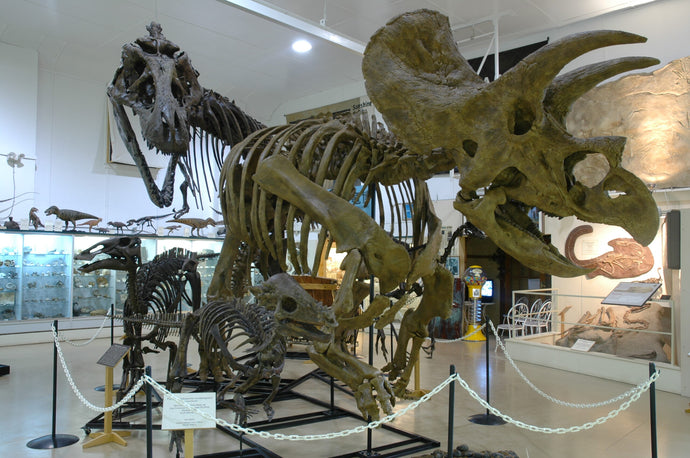
THE LIQUITEX TIME MACHINE
SOFT BODY TAKES A TRIP BACK TO THE JURASSIC PERIOD
Take a leap back to the time of the dinosaurs as we drop into the paint studios of the Black Hills Institute of Geological Research (BHIGR) in South Dakota, USA. Recognized as the world’s finest paleontological and earth science supply house, these artists work on a very different canvas: ancient fossils and fossil replicas.
Serious dinosaur fans will know this corner of South Dakota. The Hell Creek region - which takes in Dakota, Wyoming and Montana - is a rich source of paleontological and mineral discoveries and BHIGR is right at the heart of it. Founded almost 50 years ago, the Institute is firmly fossil focused and excavates and supplies fossils, fossil casts and mineral specimens to researchers, teachers, collectors and museums across the world.
The team has been collecting fossils for over 50 years and although thousands of their specimens go off into international collections, they always save the best of every type of fossil they find. These are where the molding process comes in. Their molding and casting techniques are so well developed that they are often employed to mold and produce replicas of other people’s fossil specimens.
WHERE DOES LIQUITEX COME INTO THE MIX?
Take a look into the Institute’s prep studio and you’ll find artists and shelves full of jumbo-size bottles of Liquitex Soft Body. The paleo art team uses Liquitex acrylics in two ways: first to blend in any repairs to original fossils and secondly, to make the cast replicas look authentic. Nearly all fossils are missing bits when collected and can be super fragile and weak; so, to remedy this, the team use water or epoxy putty, glues and plastics to make expert repairs. The restorative artists then need to make the repairs invisible, concealing the joins or filler into the original base material using expertly applied Liquitex paint.
More paint is used when a new replica is made. Casts are made of the original fossil using silicon rubber or latex molds, creating a scientifically accurate replica of the original. This can be used by researchers to measure and inspect around the world, or to display in museums. These replicas can be very small, or as large as Stan, the Institute’s star T.rex.
Christine Schreier and Kerri Neiheisel are paleo artists that work hard to make the casts look exactly like the originals, reflecting the local earth they were found in. Once ready for painting, she uses stippling and blending techniques with multiple earth colors and brushes to get a naturalistic effect. Three main Liquitex Soft Body colors match the earth in the area where the fossils are found - Burnt Umber, Raw Umber and Yellow Oxide. These are dotted, blended and layered to make it look authentic and Unbleached Titanium and Burnt Sienna are often used as accent colors.
Why Liquitex? The BHIGR team love it because of its versatility and ability to stick to all kinds of repair and cast materials – from putty, to plaster, glue and plastics. Lightfastness, durability and stability also make it ideal for pieces that will go on display, go on tour, be packaged up and reassembled multiple times. And its blendable consistency make it easy to work with and super reliable.
Find out more about the work of the Black Hills Institute of Geological Research at bhigr.com.

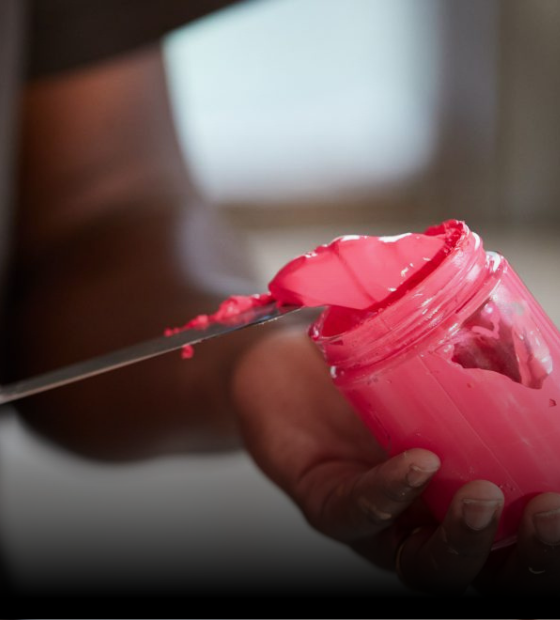
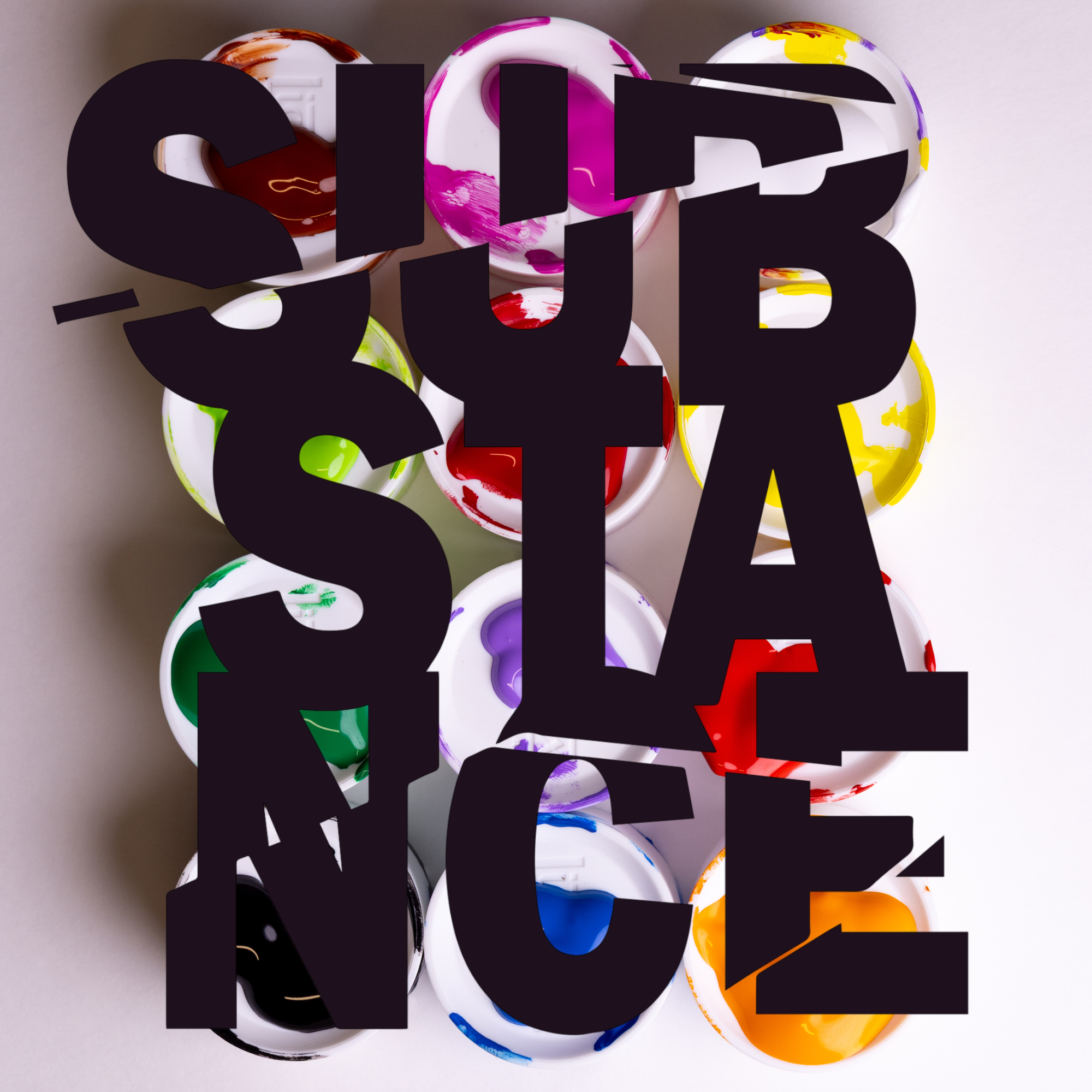
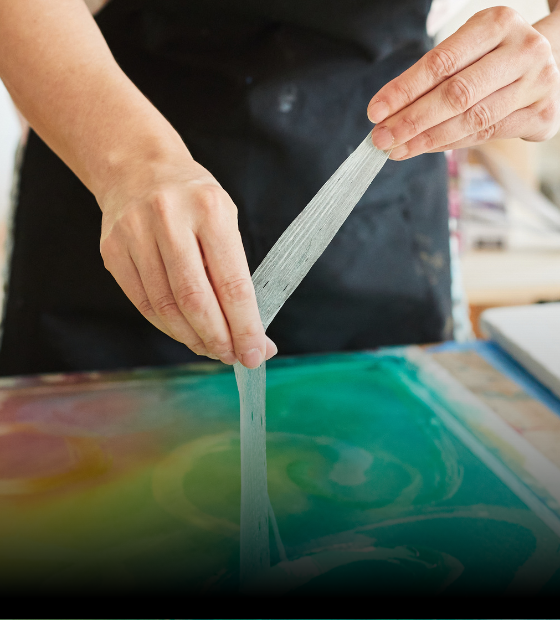
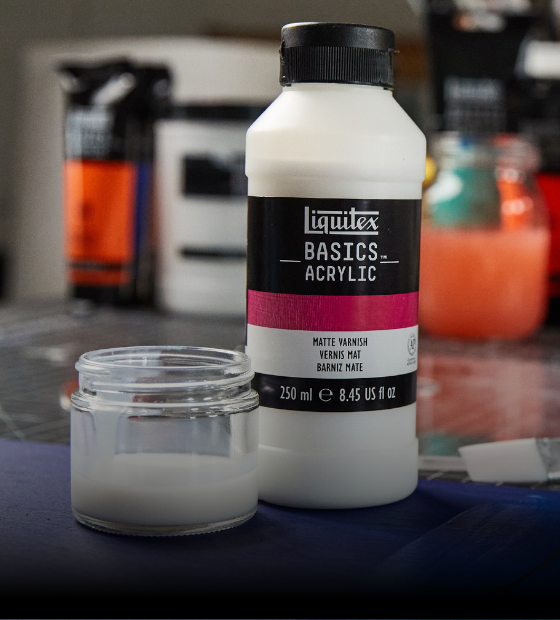
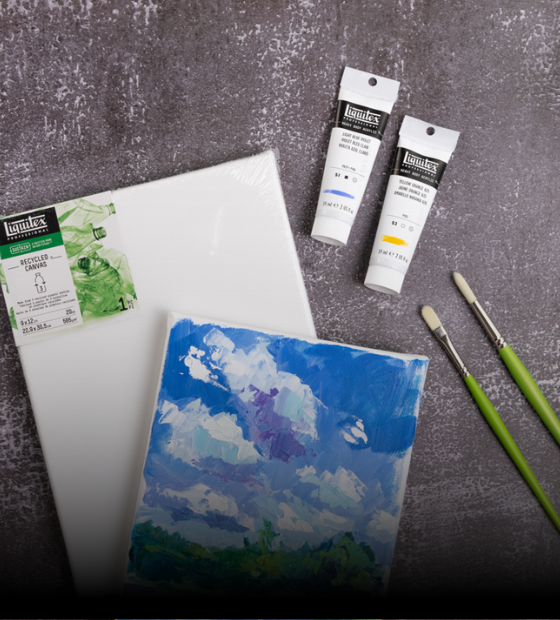
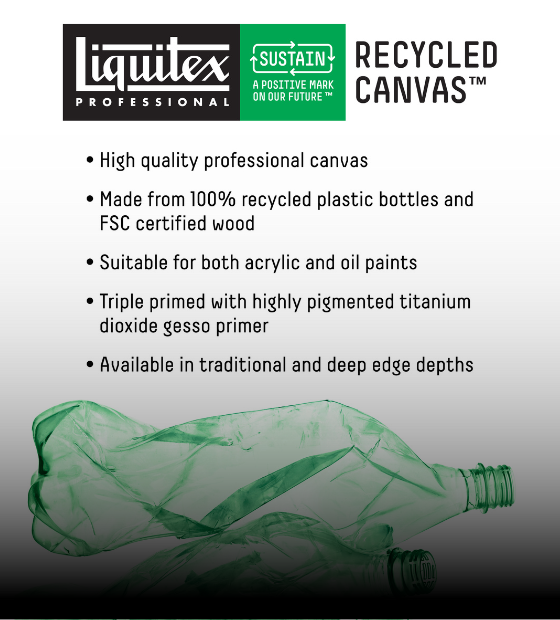
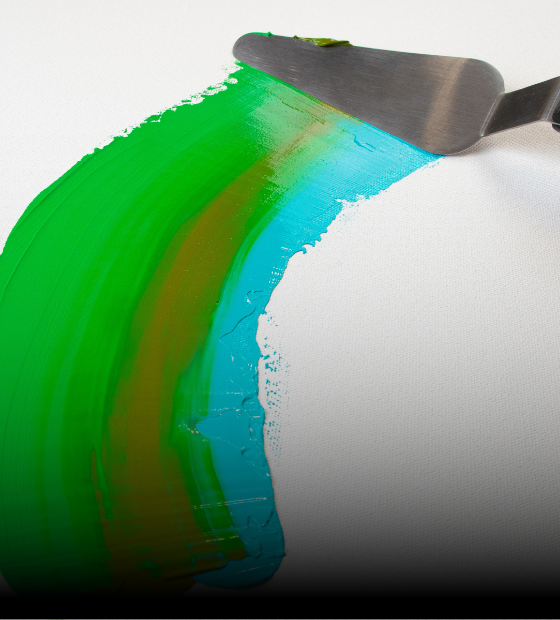
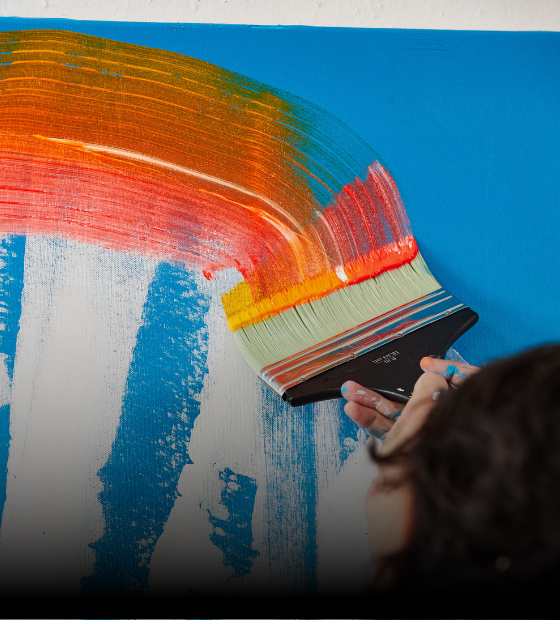
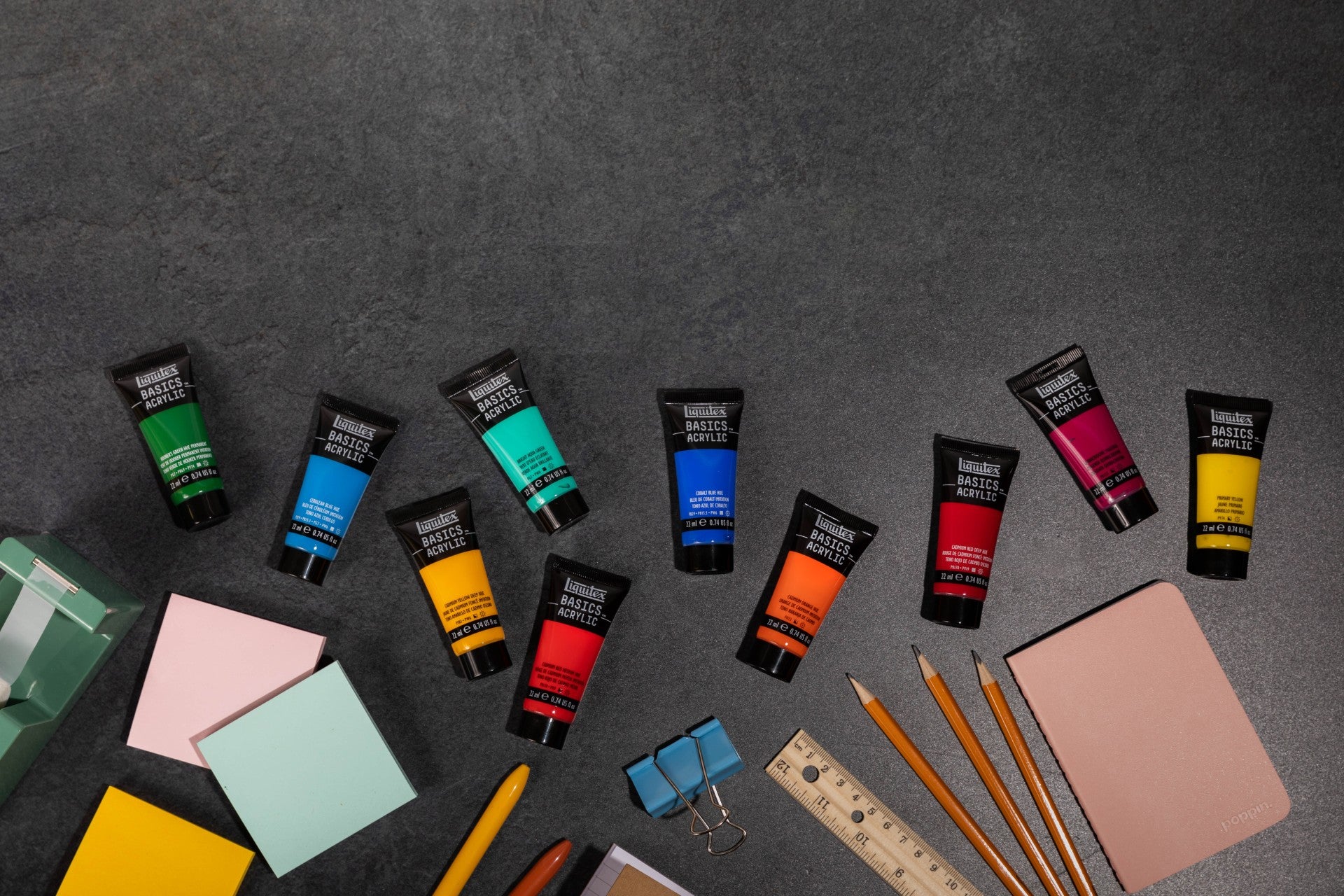
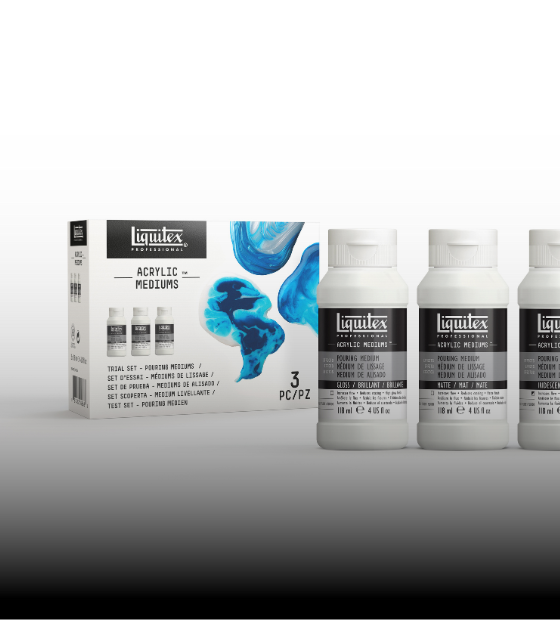
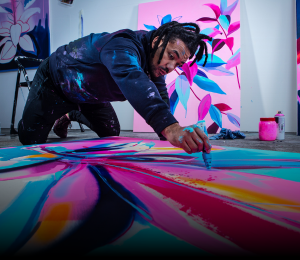
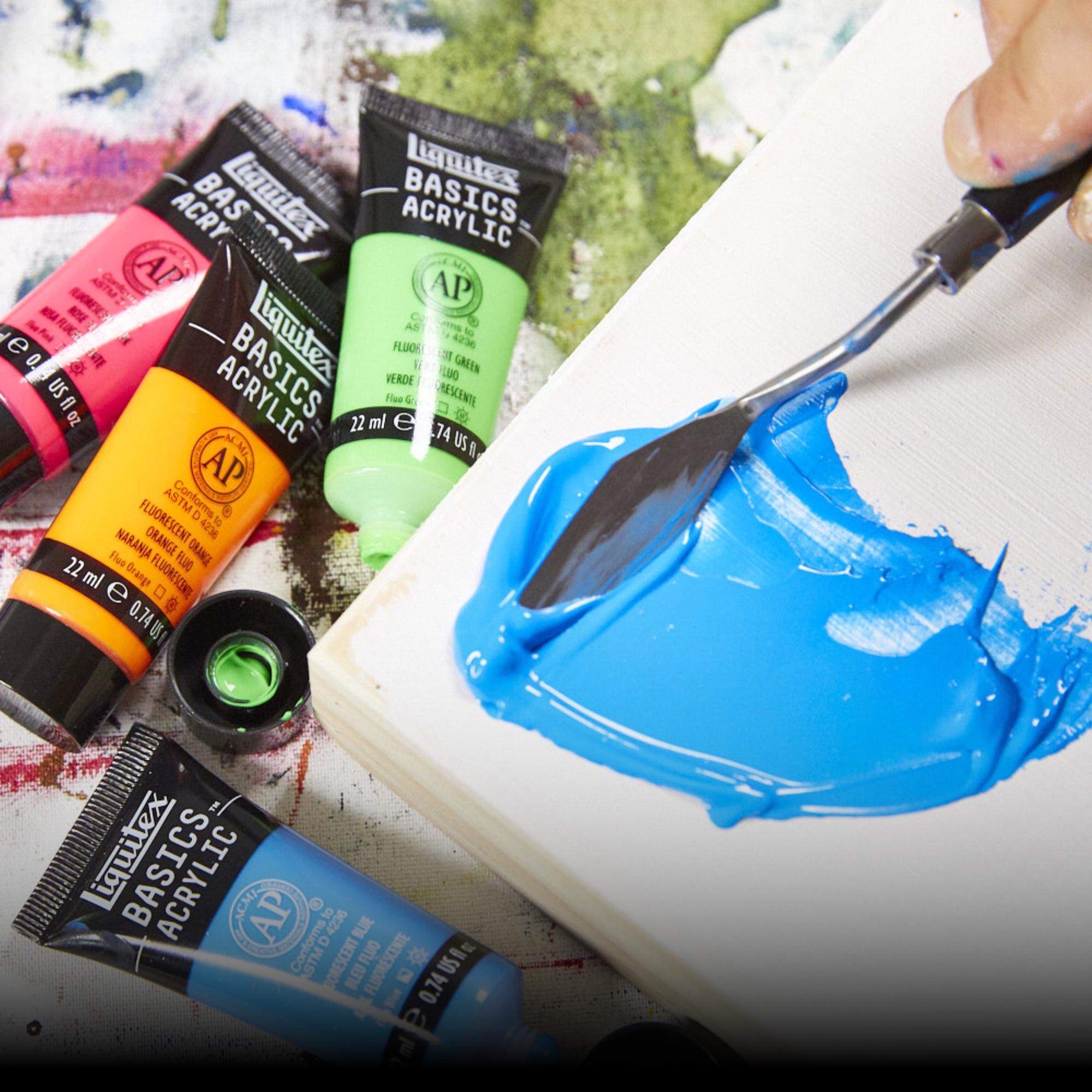
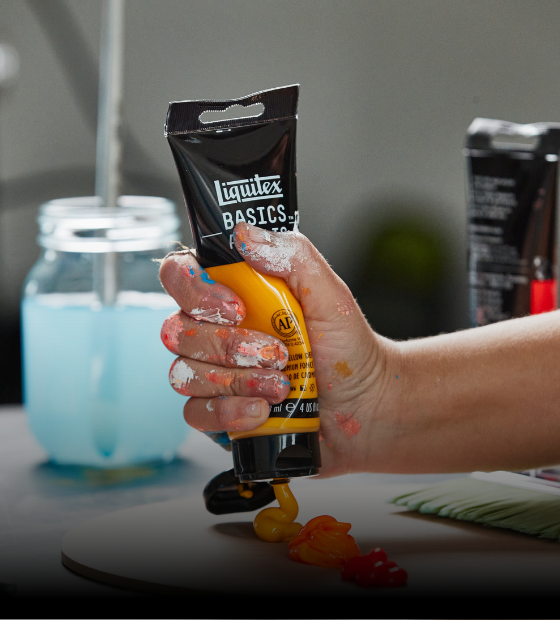
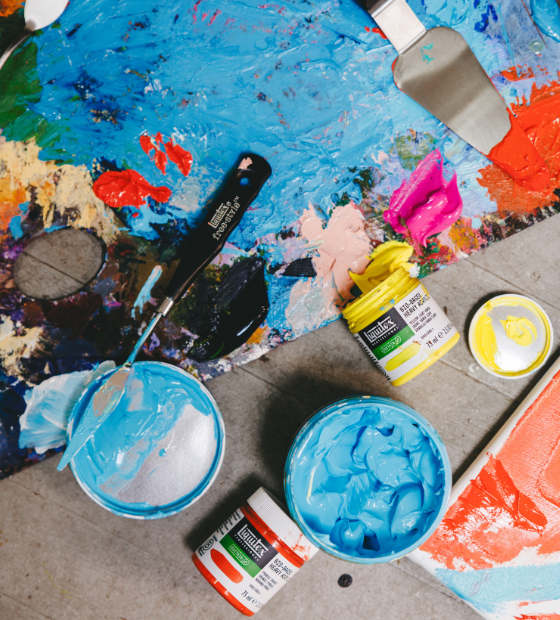








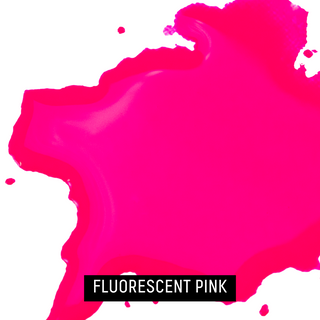
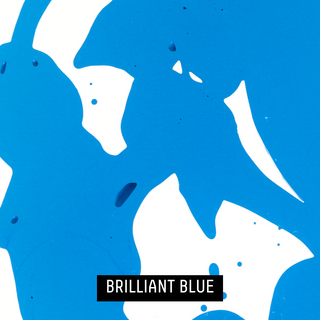
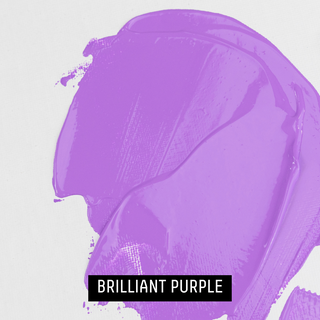
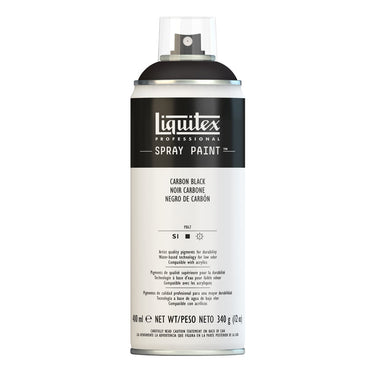

![LQX ACRYLIC MARKER SET 6X 2-4MM CLASSICS [CONTENTS] 887452001225](http://www.liquitex.com/cdn/shop/files/68762_375x375_crop_center.jpg?v=1707320720)

![LQX PRO MEDIUMS GESSO [WEBSITE SWATCH]](http://www.liquitex.com/cdn/shop/files/72009_375x375_crop_center.jpg?v=1762374072)

![LQX PRO MEDIUMS POURING MEDIUM [WEBSITE SWATCH]](http://www.liquitex.com/cdn/shop/files/72030_375x375_crop_center.jpg?v=1762373677)

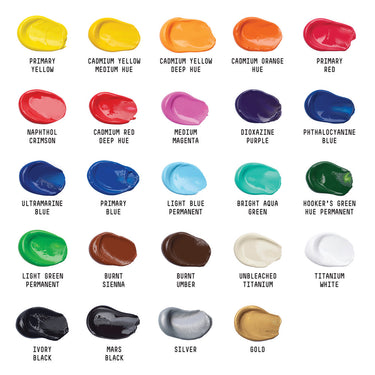
![LQX BASICS 24X22ML PAINT SET 887452028543 [FRONT]](http://www.liquitex.com/cdn/shop/files/80833_375x375_crop_center.jpg?v=1762458732)
![LQX BASICS 6x118ML SET 887452059226 [SET WITH CONTENTS 2]](http://www.liquitex.com/cdn/shop/files/130398_375x375_crop_center.jpg?v=1707324060)
![LQX BASICS 6x118ML SET 887452059226 [FRONT]](http://www.liquitex.com/cdn/shop/files/130396_375x375_crop_center.jpg?v=1762458768)